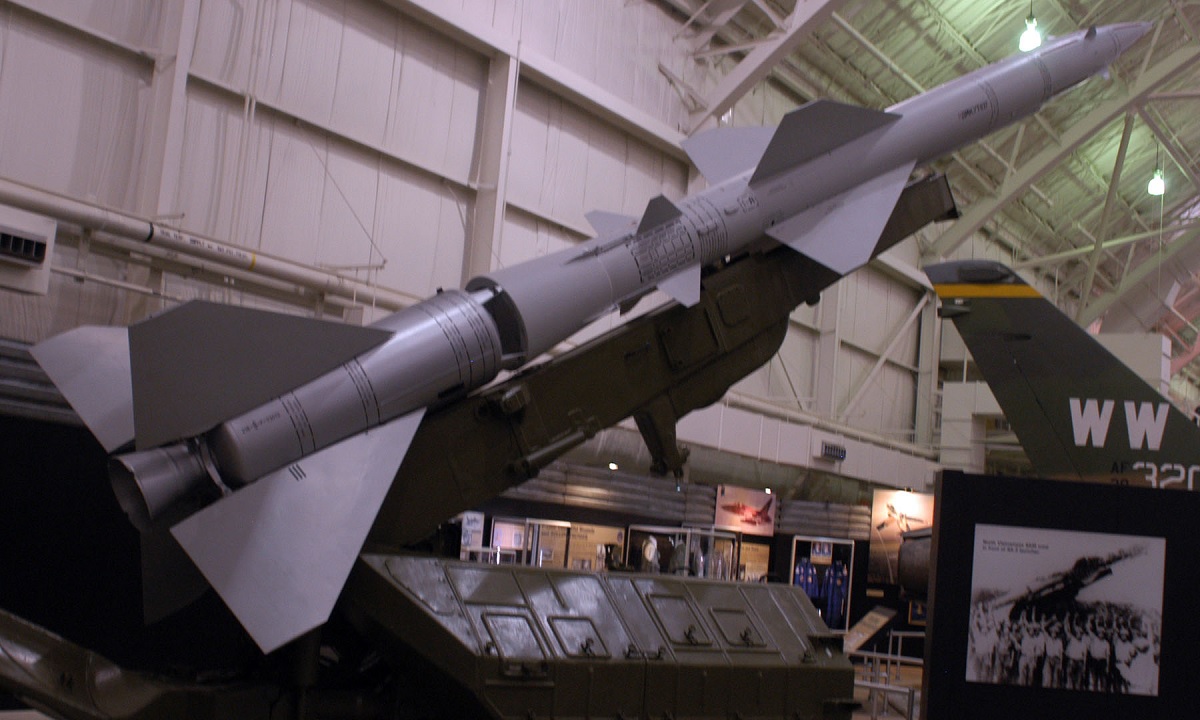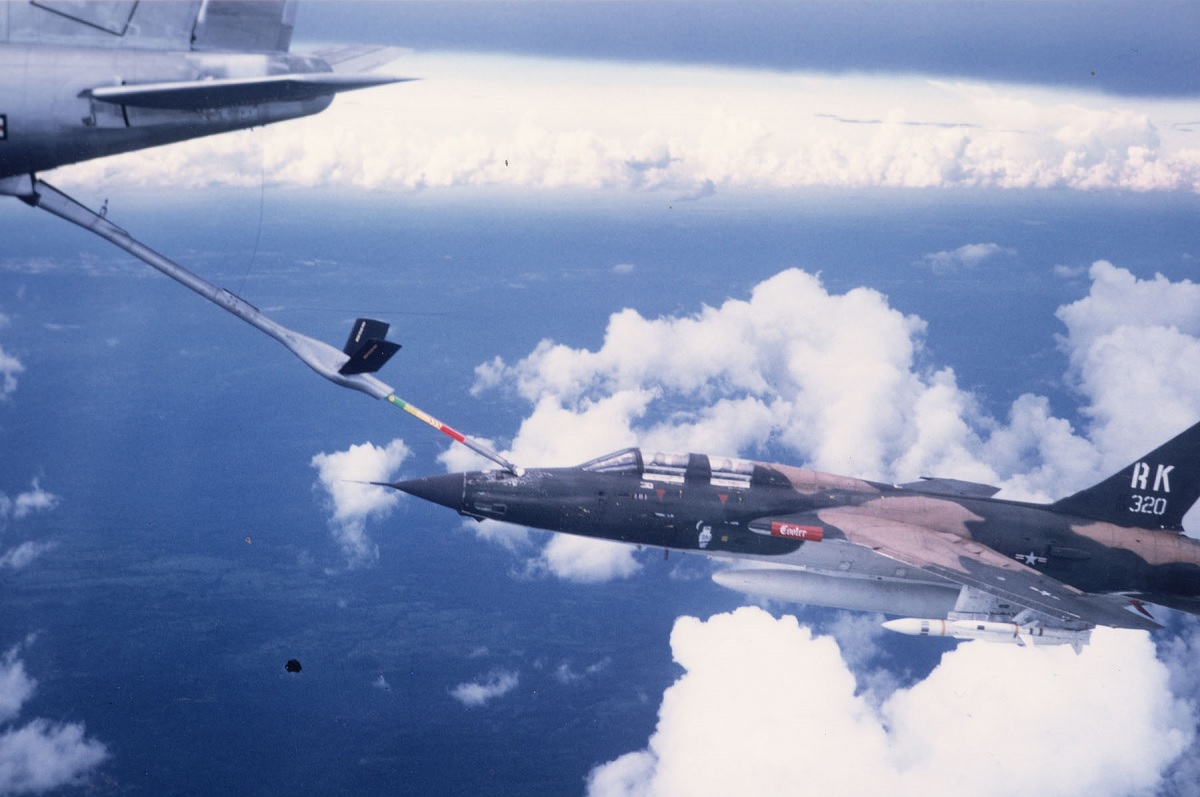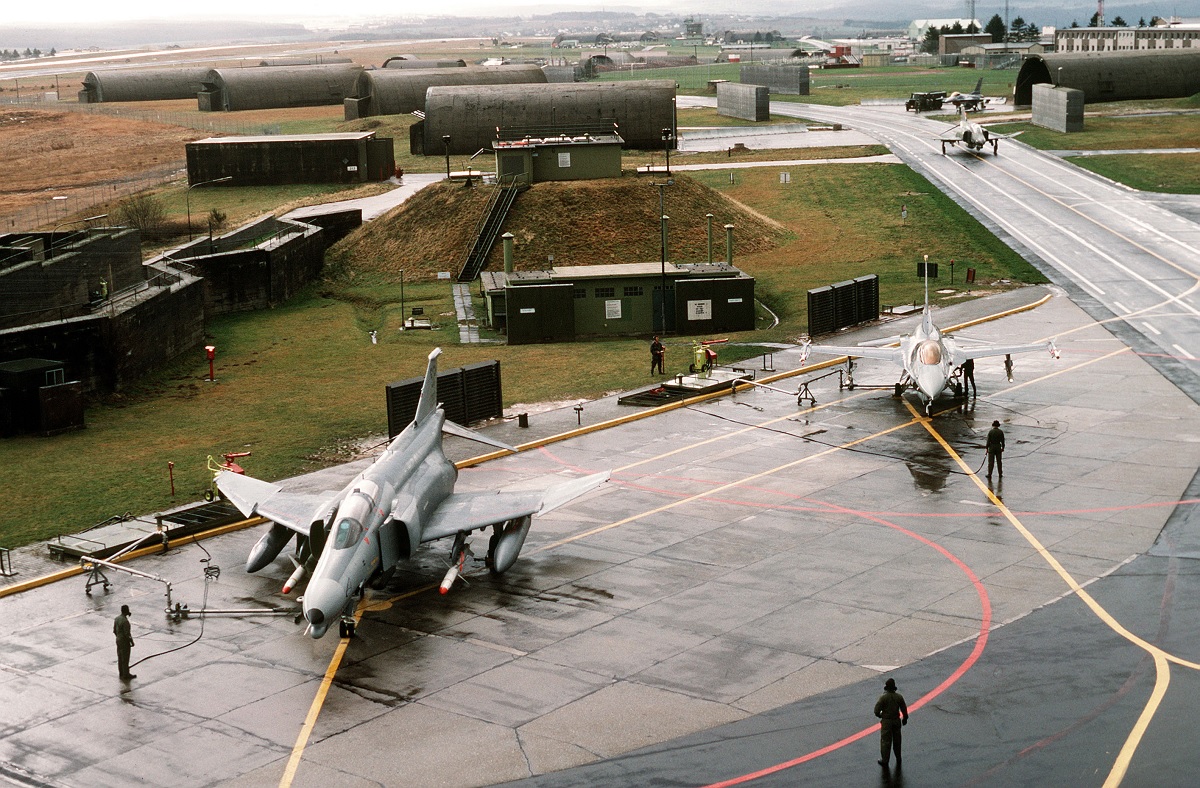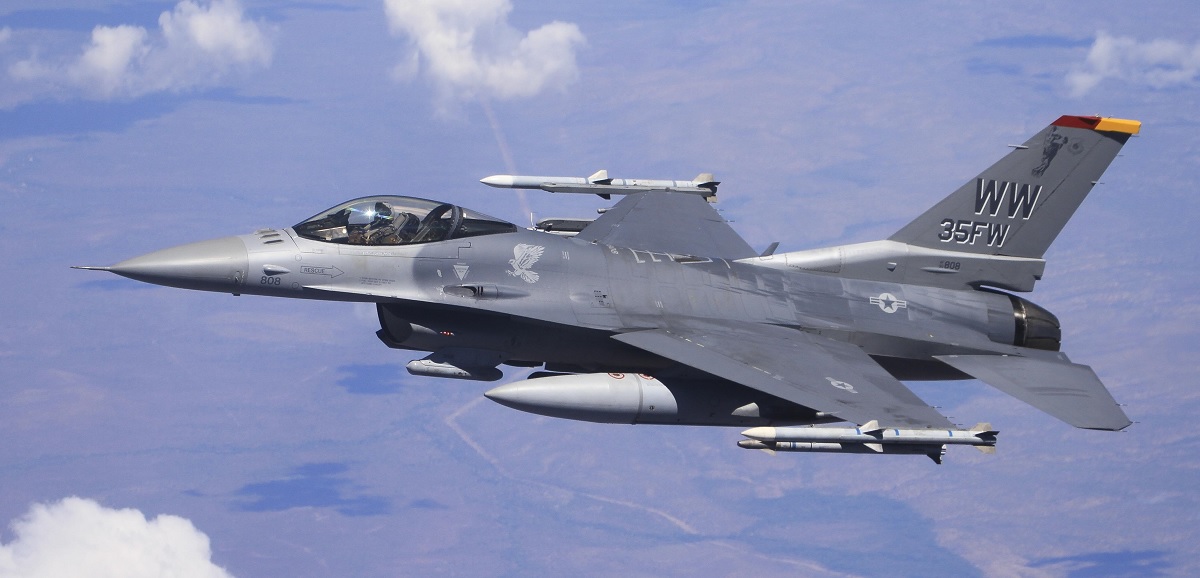The Wild Weasels allow access to these contested areas, which are characterized by multiple integrated air defense systems on modern battlefields
Airpower emerged as a substantial and expanding danger to land and naval troops, cities, and industrial hubs during World War II. Both the Allied and Axis nations used radar tactically early on because of this quickly developing technology.
By spotting them before they could attack, these early radar systems posed a serious threat to the aircrews flying these daytime and nighttime operations. To combat this novel and developing technology, more sophisticated countermeasures were required as a result of their creation.

These tactical countermeasures, which involved bombing and basic intelligence-gathering methods early in the conflict, originally showed potential in the first few operations.
This marked the beginning of the mission that would later become known as the Suppression of Enemy Air Defenses (SEAD). Prior to the creation of a specific platform, this mission was carried out by a variety of aircraft types that were modified to meet emergency demand, but the foundation of the SEAD mission was laid by the fundamental strategies created during World War II.
American and Allied bombers and fighters either had free reign to strike their targets or they were identified and later attacked by radar-guided Anti-Aircraft Artillery (AAA) or radar-guided fighter swarms, according to U.S. Air Force (USAF) 35th Fighter Wing (FW) Historian.
Aircraft engaged in Suppression of Enemy Air Defenses missions have since refocused their efforts on locating and targeting enemy radar sites as a result of the need to prioritize their targets in order to keep up with the pace of battle.
Teams of B-25 Mitchell “hunter-killers” were also assembled in the Pacific Theatre, where they created the fundamental strategies and practices that would be applied by upcoming pilot generations. It was also the origin of the expression “first in, last out,” which describes the selfless nature of the Weasel technique.
The lead B-25 would locate Japanese radar stations using its radar detection equipment. Once they had found their target, the hunter-killer teams would fly in low and quickly to assault it with “parachute bombs” in order to destroy the radar installation and its supporting equipment.
Throughout the latter stages of World War II, the SEAD mission enjoyed consistent success, but it was hardly ever used in the Korean War succeeding in air superiority engagements. The SEAD mission did not advance for the jet age until the introduction of the Soviet Union’s radar-guided anti-aircraft surface-to-air missile (SAM) system.

American aircraft and tactics, as well as enemy technology, evolved as the Vietnam War went on. During the early phases of the Vietnam Air War, the North Vietnamese used these SAM stations to destroy aircraft and command the sky.
The North Vietnamese SAM installations were arranged roughly in the shape of a six-pointed star, with the search and guidance radar system positioned distant from the missile battery in a covert, heavily-camouflaged location.
Although some SAMs were destroyed using cunning flying techniques, U.S. aircraft lacked the armaments or skills necessary to routinely defeat them.
The United States Air Force was drawn to the threat the SAMs posed and was swiftly compelled to intervene to stop the deteriorating situation in the skies over Vietnam.

The task of creating a practical defense against the threat presented by the North Vietnamese SAMs fell to then Brig. Gen. K. C. Dempster as new electronic warfare technology advanced. He gave this new program the name “Wild Weasel” in a tribute to the WWII “ferrets”; this term has defined this special mission for more than 50 years.
By today’s standards, they took four F-100F Super Sabres and outfitted them with a relatively basic array of radars. The application was employed as a temporary fix until a better solution could be found. The first generation of Wild Weasels was this modified F-100Fs.
The SEAD mission’s purpose and the aircraft that carried it changed as a result of numerous mission successes in Vietnam and Thailand.
The Wild Weasel mission, as well as the F-105G and F-4G, were housed at the now-defunct George Air Force Base during the 1970s. The successor of the Wild Weasel mission and the F-4G Phantom II, which arrived too late to serve in Vietnam, did not engage in actual combat until late in its operational lifespan.
The program didn’t change until the 1990s, even though the Suppression of Enemy Air Defenses and Wild Weasel mission rotated through a variety of aircraft over the years.

Shortly after Operation Desert Storm, the F-4G was decommissioned from active duty, and the F-16CJ became the Wild Weasel and SEAD mission’s new home.
The F-16CJ fighter-bombers, which were fiercely contested as being inferior to the F-4G fighter-bomber of the preceding generation, disproved their detractors during the initial attacks of Operations Iraqi Freedom and Inherent Resolve.
“The F-16 is a small, powerful, and extremely agile fighter that can hold its own in a fight against any currently fielded fighter,” said Capt. Richard Smeeding, a Wild Wesel pilot belonging to the 35th FW stationed at Misawa Air Base (AB), Japan. “Combining that with the Harm Targeting System and it becomes the perfect platform to suppress and destroy enemy SAM systems.”
The F-16s got into the conflict with higher success rates compared to their Vietnam-era counterparts because they were equipped with greater weaponry, newer navigation systems, and more advanced radar-detecting abilities.
The F-16s with their Suppression of Enemy Air Defenses and Wild Weasel missions were given the chance to hone both tactics and training exercises for deployment at Misawa as the crises in the Middle East in the late 1990s subsided.
“Conflicts in the Pacific theatre are characterized by numerous integrated air defense systems,” explained Col. Timothy Sundvall, 35th FW commander. “The Wild Weasels provide access to these contested environments.”
Misawa’s F-16s and Wild Weasel mission, the only SEAD mission operating out of the Pacific, comes to the fore as the Air Force reveals its anticipated plan to maintain force projection and air superiority throughout the world.
“The 35 FW is a key component to maintaining peace and prosperity within the Pacific,” Sundvall said. “We are proud to be America’s Wild Weasel wing and bear the “WW” tail flash.”

Photo by Tech. Sgt. Fernando Serna and Leroy Simpson / U.S. Air Force

